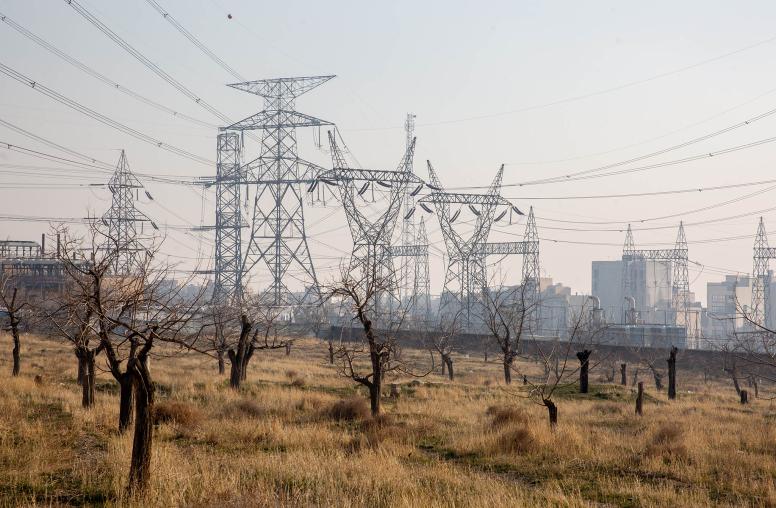 Iran
Iran
Iran has been a conundrum since its 1979 revolution. It stunned the world by introducing Islam as a form of modern governance, and rattled the region by exporting its zealous ideology. It supported militant allies and challenged international norms. For decades, dealing with the Islamic Republic was complicated by internal repression, menacing rhetoric, and defiance over its nuclear program. USIP conducts research and policy analysis on Iran, and Institute experts regularly brief Congressional staff and U.S. officials.
Learn more in USIP’s fact sheet on The Current Situation in Iran. For a comprehensive website on Iran providing timely analysis by American and Iranian scholars, see The Iran Primer, hosted by USIP.
Iran Timeline: Since the 1979 Revolution
Featured Research & Analysis

With Cease-fire Holding, Can Israel and Iran Move Toward De-escalation?
Israel’s stunning and sophisticated June 13 attack on Iran set off a worrying 12-day escalatory spiral. Iran responded in short order with ballistic missile and drone strikes, which led to a series of tit-for-tat exchanges between the two sides. A cease-fire is now in place -- but will it hold?

What’s at Stake for China in the Iran War?
China has major energy and economic interests that are threatened by an escalating conflict. But Beijing may also see some strategic opportunities with the U.S. focused on the war. Ultimately, China is likely unwilling, and unable, to make a serious effort to broker peace.

What Does ‘Maximum Pressure’ on Iran Mean for Iraq?
On March 8, the United States allowed a waiver to expire that had permitted Iraq to buy Iranian electricity. The move was the latest in the Trump administration’s “maximum pressure” campaign to cut off Iran’s revenue streams and push Tehran to negotiate over its controversial nuclear program. The waiver dates back to President Trump’s first term. In 2018, Trump withdrew the U.S. from the 2015 Iran nuclear deal, which had granted Iran sanctions relief in return for curbing its nuclear program and expanding cooperation with the U.N. nuclear watchdog.